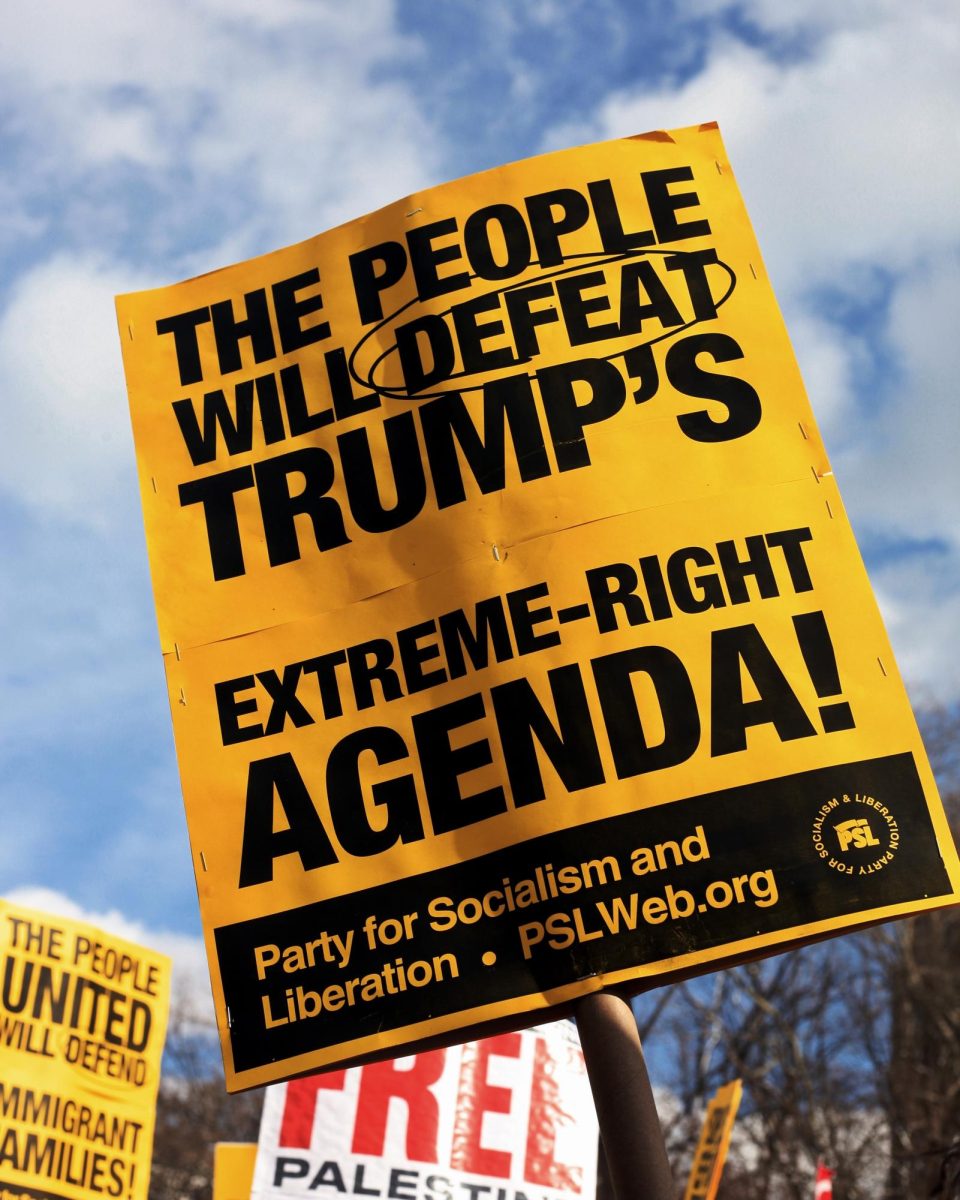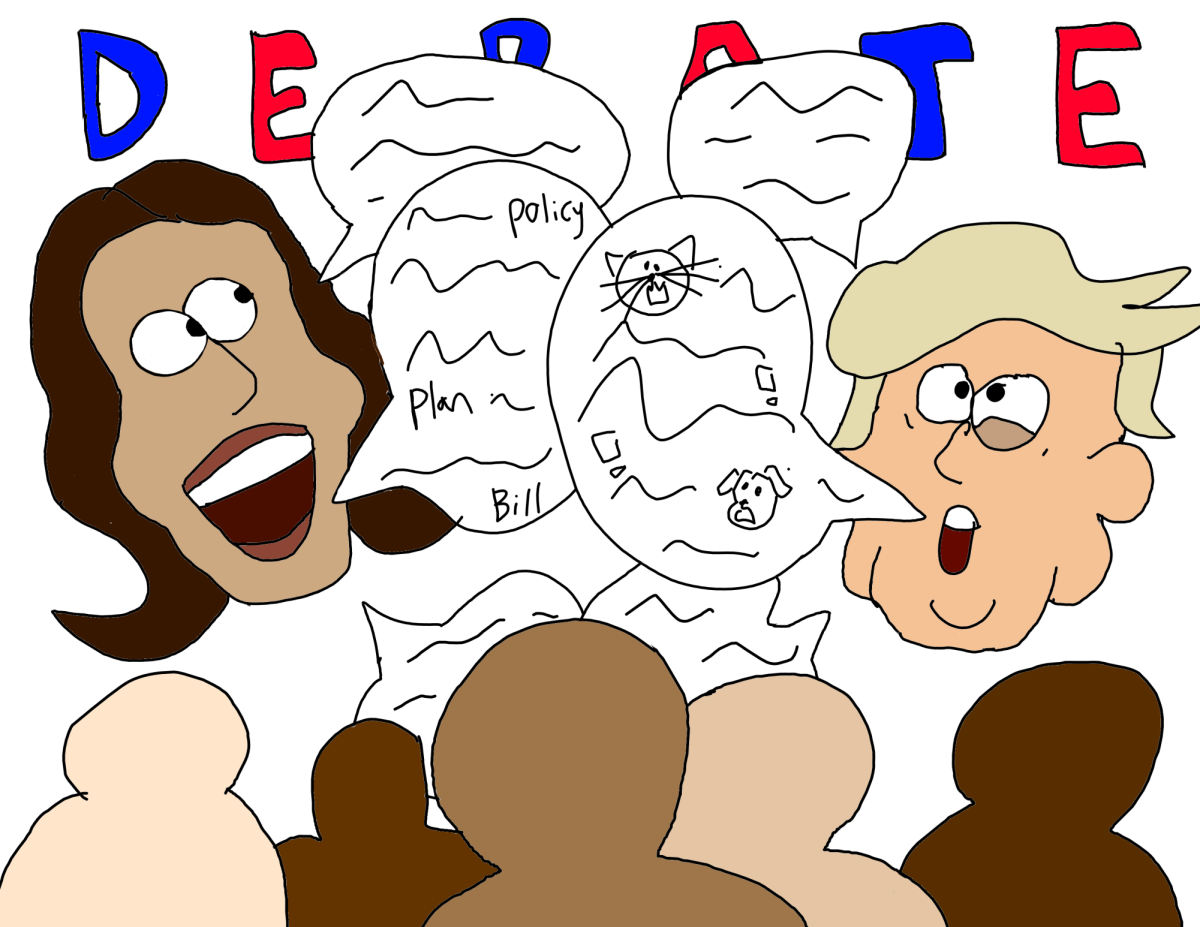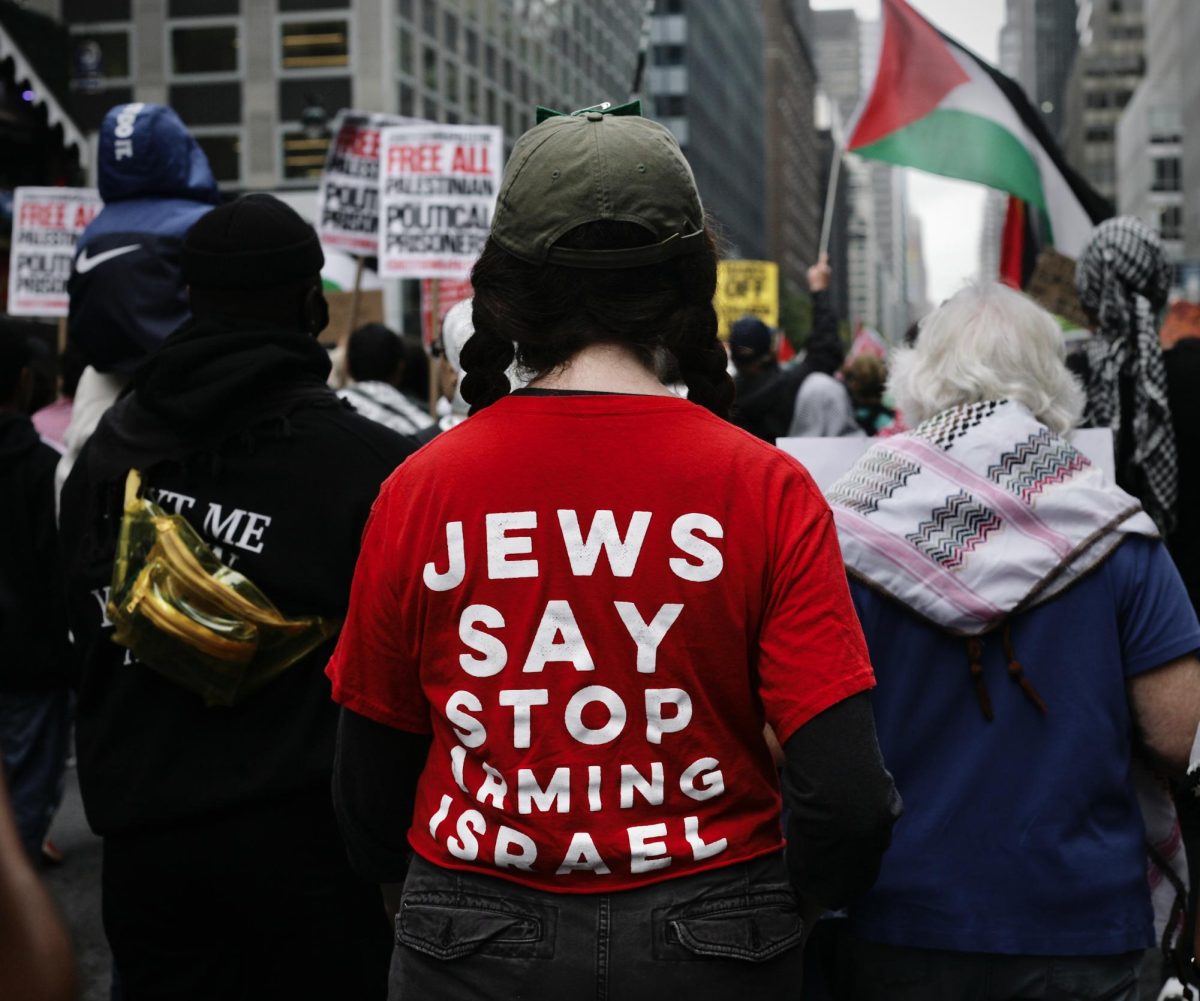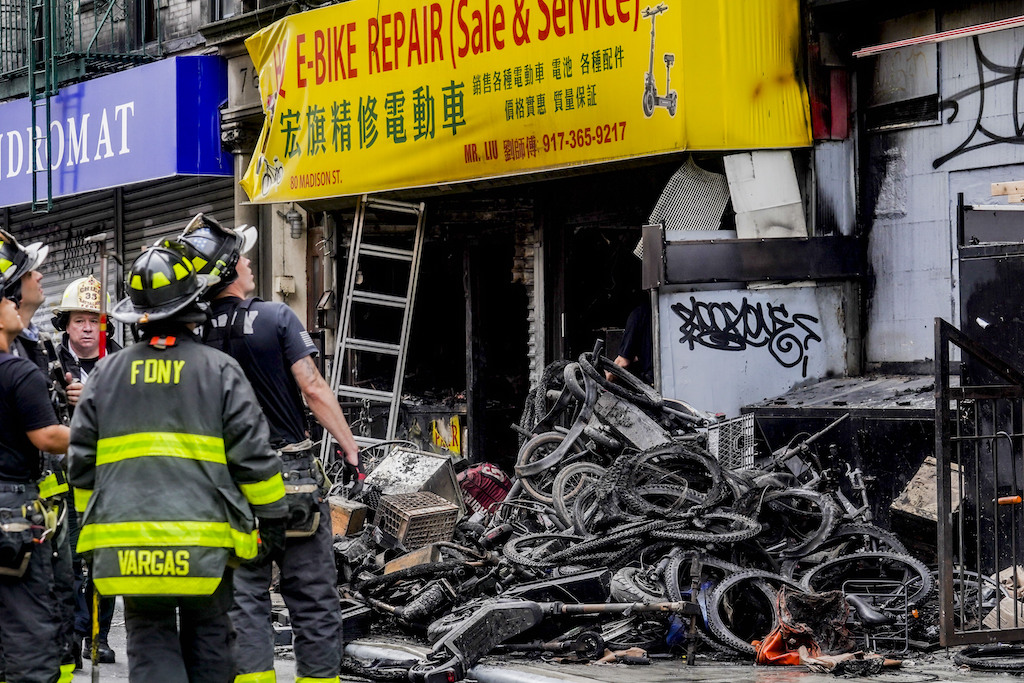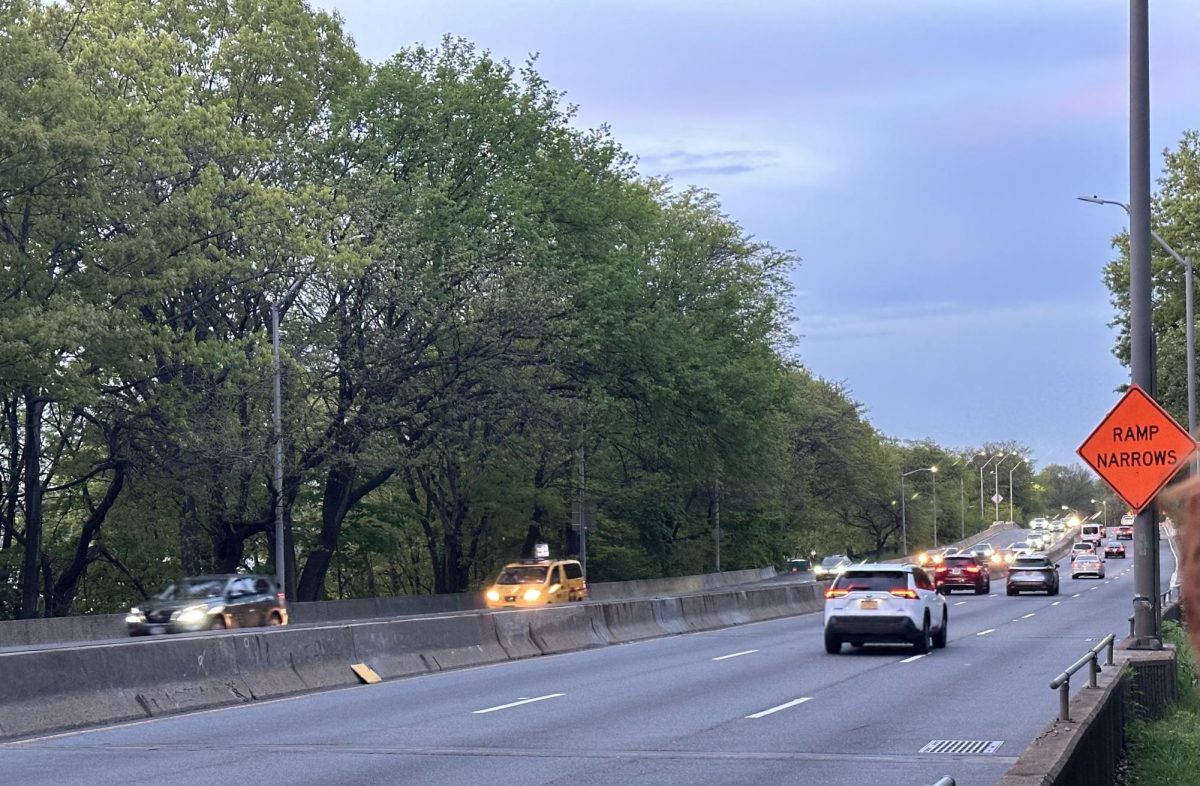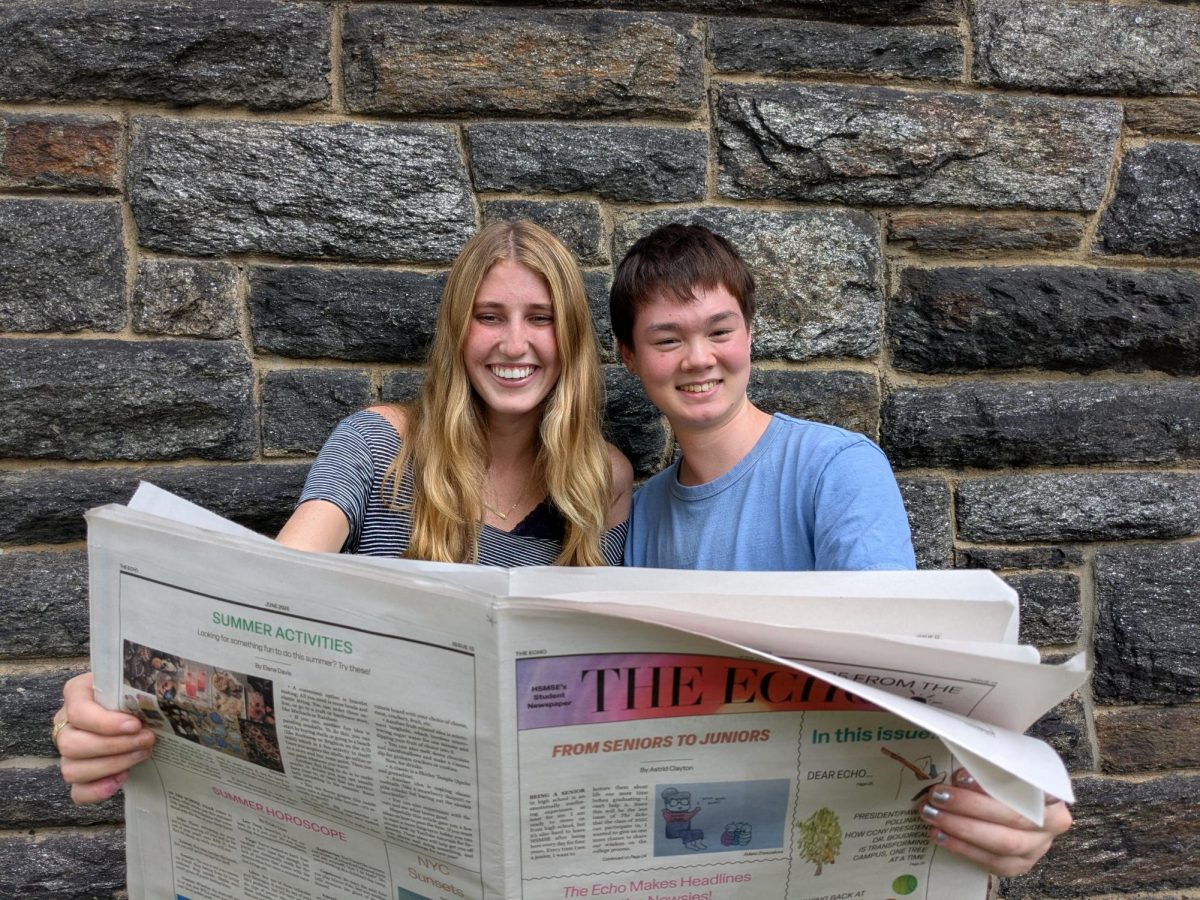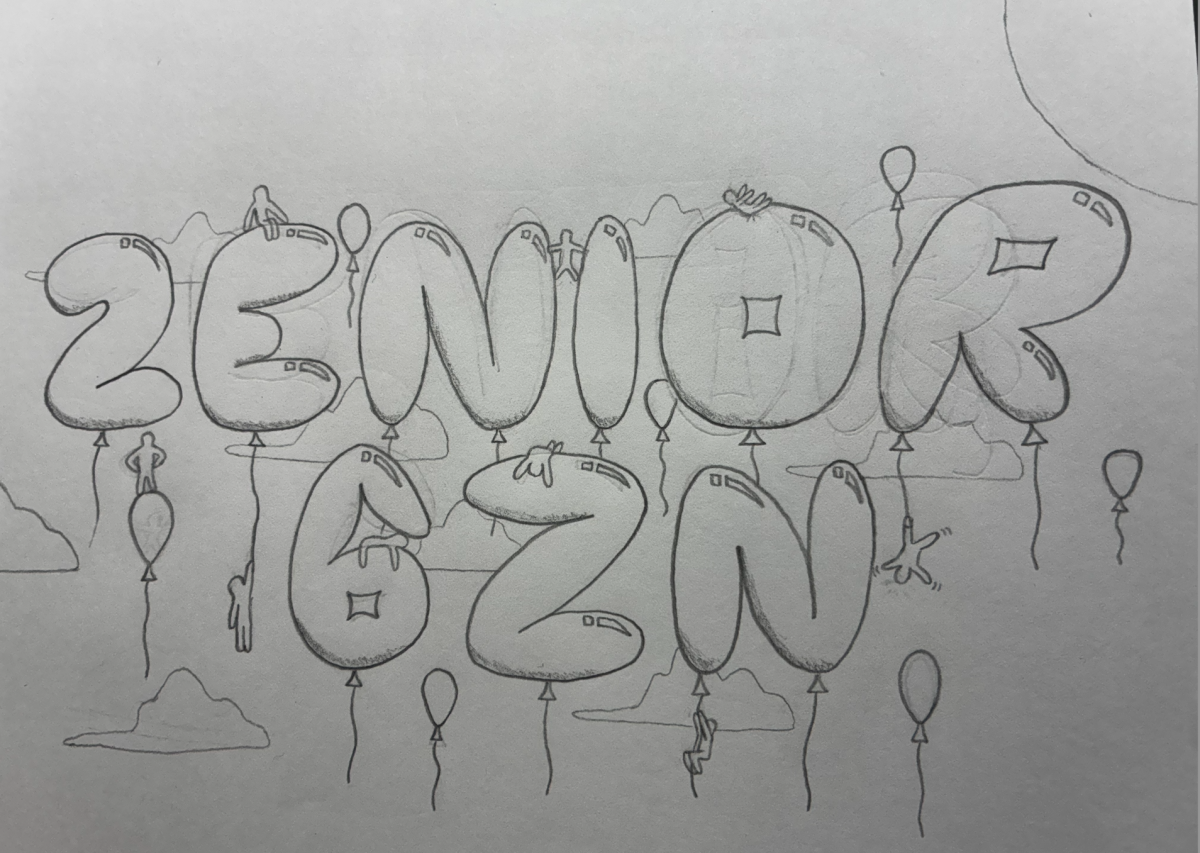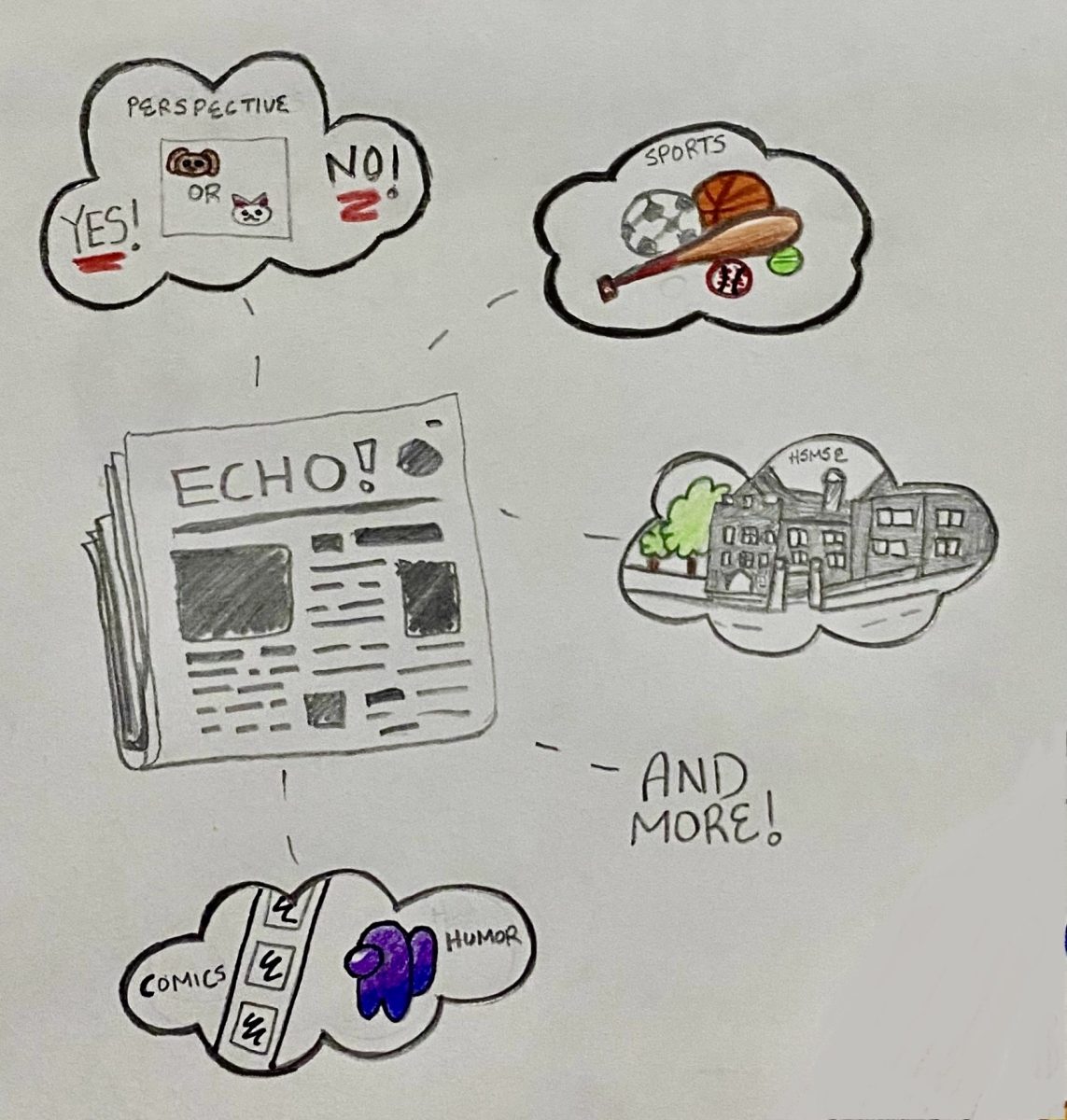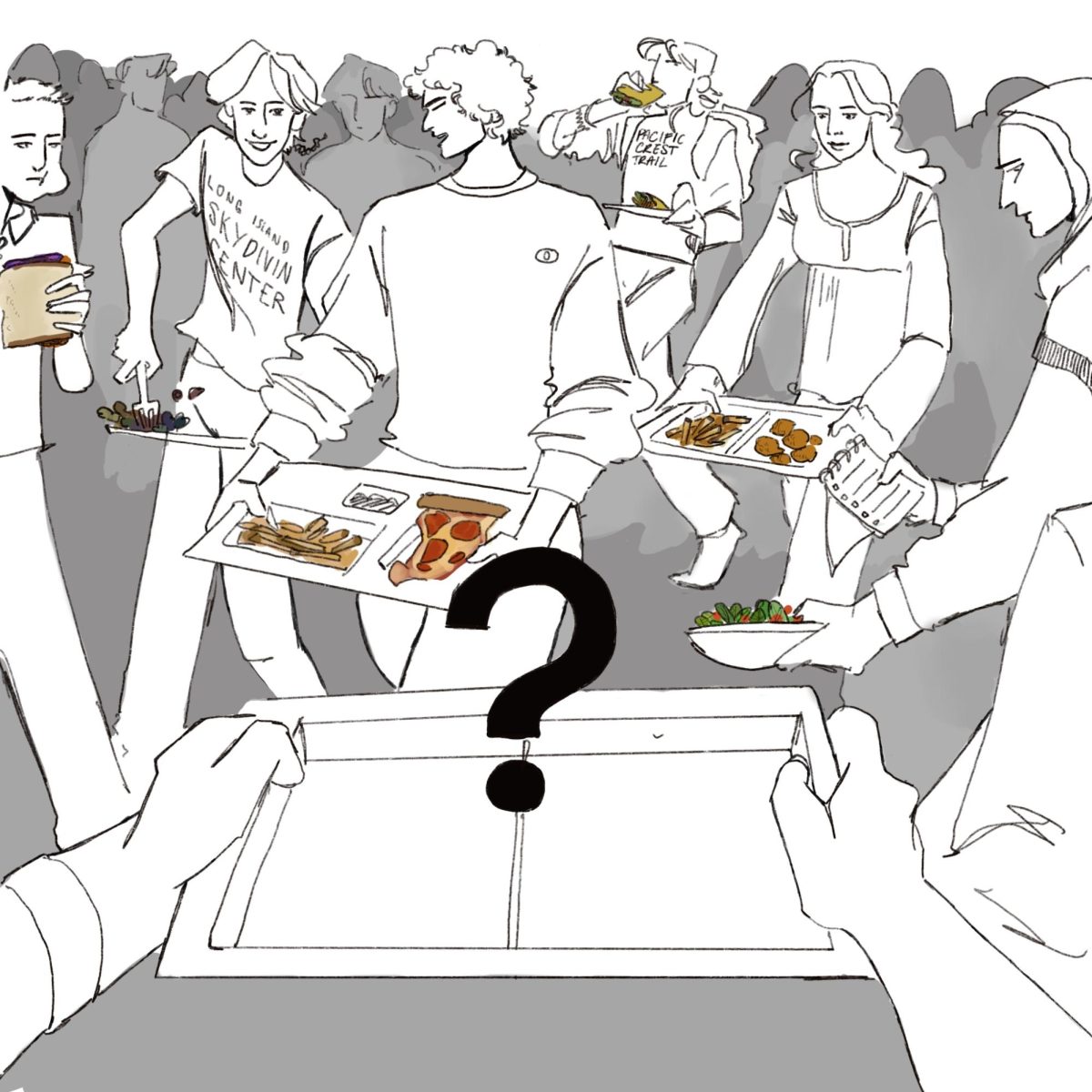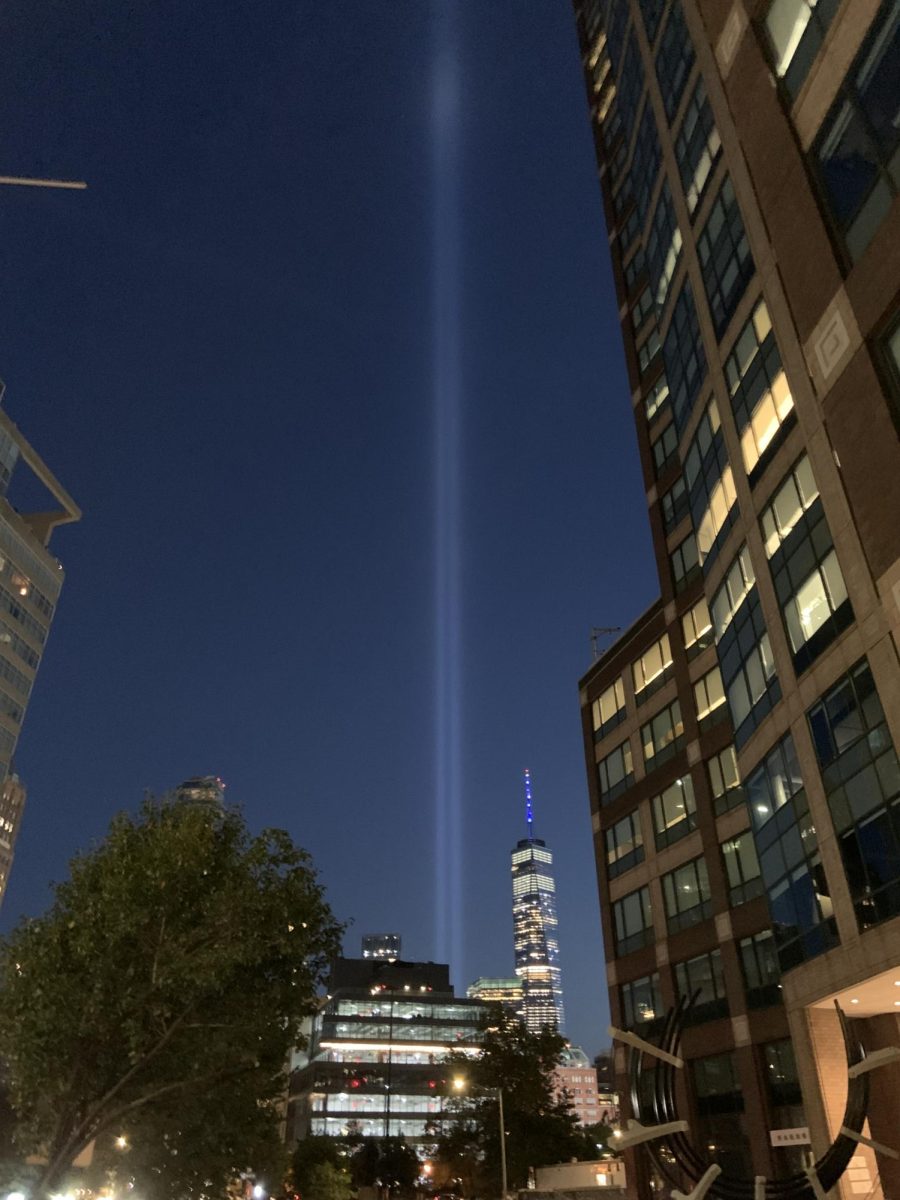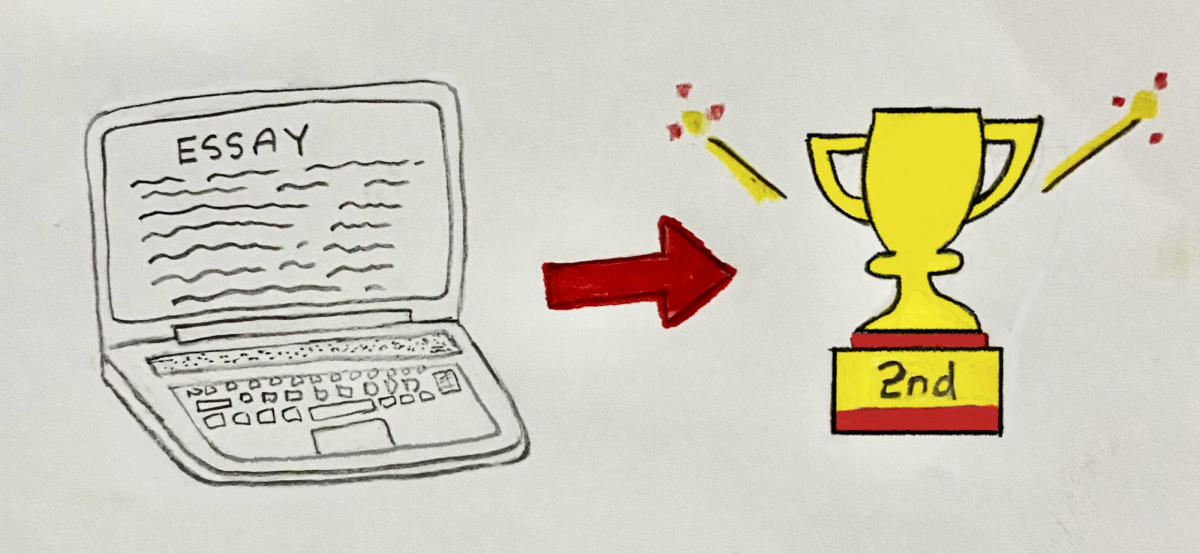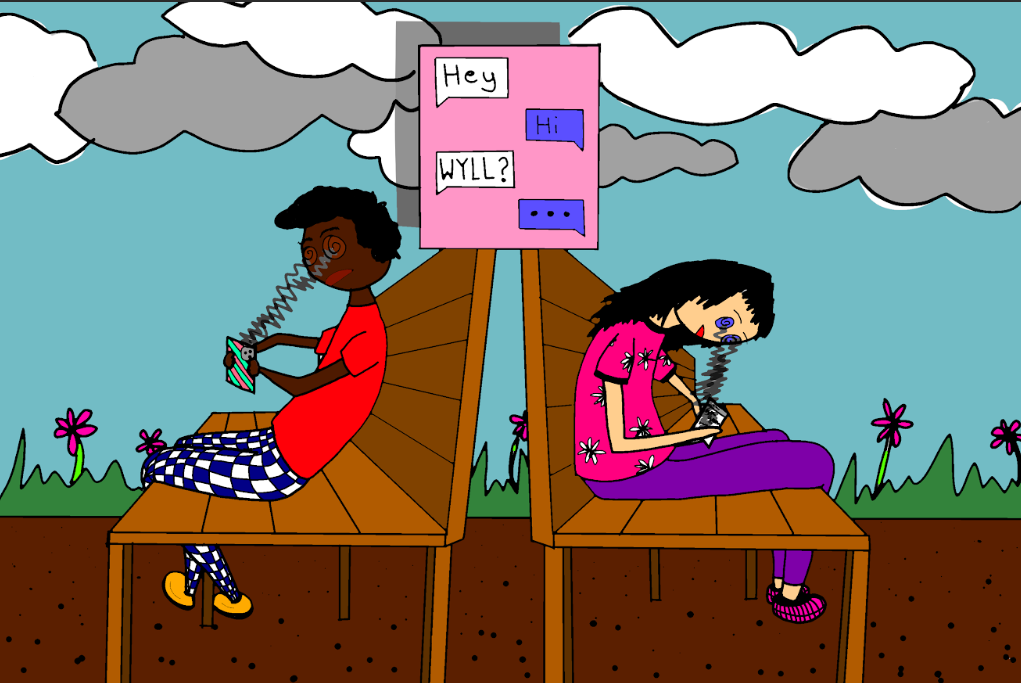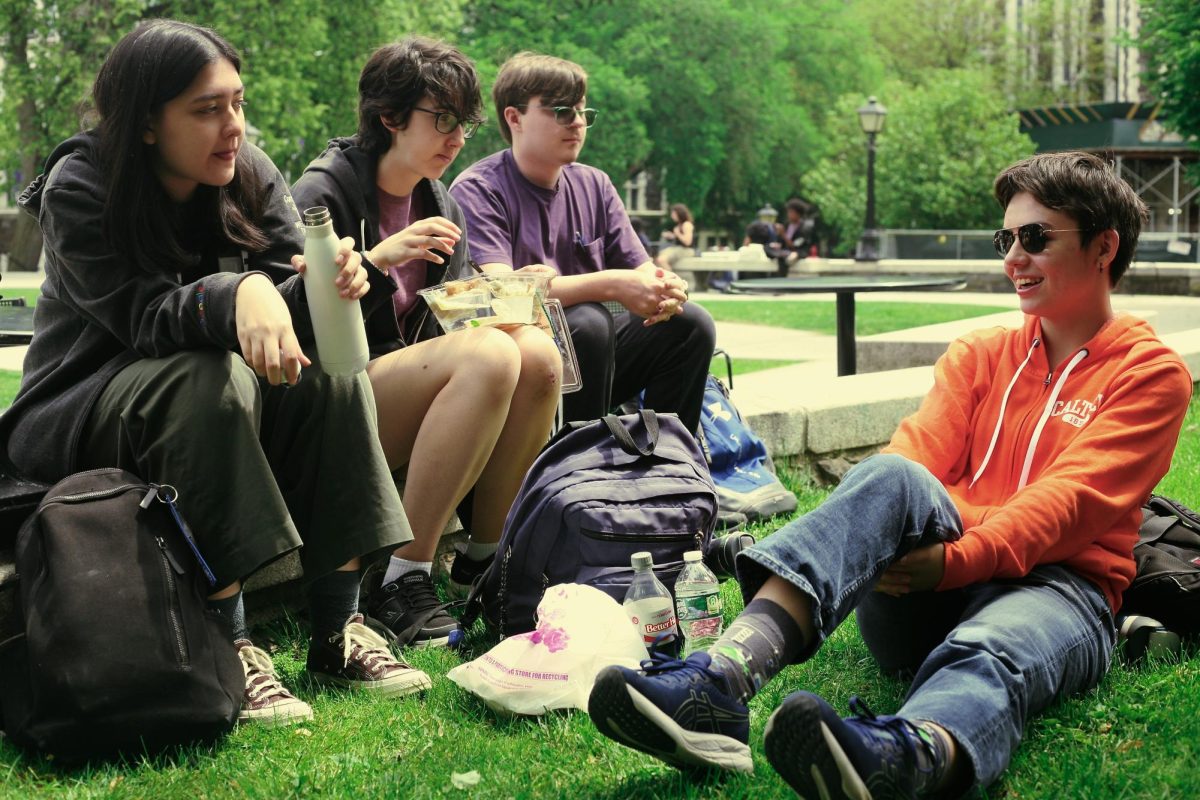BRENDAN: Congestion pricing, which was scheduled to start on June 30th, was put on hold indefinitely on June 5th at the direction of Governor Kathy Hochul. After this last-minute change of heart, Hochul said in a video statement that implementing the toll now would hurt everyday people too much. She went on to say that midtown Manhattan hasn’t recovered to a point where this would be the right time for congestion pricing. With congestion pricing on hold, it is unlikely that the planned 15-dollar toll will return if the program ever gets implemented.
Whether the plan is dead for good, or congestion pricing does return in a less severe form one day, this is a massive victory for everyday New Yorkers. As I predicted in my article last month, the backlash to congestion pricing was going to be immense. Thankfully, the governor decided to concede before a plan with such great resistance got carried out haphazardly. The congestion pricing saga goes to show that collectively our objections as citizens to an absurd and damaging piece of legislation can stop it dead in its tracks. For that, we should be tremendously grateful.
GARETH: Congestion pricing would give the Metropolitan Transportation Authority $15 billion in revenue, meaning that the MTA pays no debt or interest on it. That money would all go to maintaining, modernizing, and expanding the New York City Subway and bus networks, making public transit more accessible for the New Yorkers who use it. Very few New Yorkers actually drive into Midtown every day, and the point of congestion pricing is to discourage drivers even further from clogging Midtown and downtown streets. This project was poised to massively benefit everyday people (who take transit, they don’t drive much) with a more frequent, more accessible, more reliable subway and bus network.
Bear in mind that the money coming from congestion pricing is revenue, not grants or loans. The major difference between those things is that revenue is a relatively secure source of funding, while grants can only be bestowed and are often used as a political tool. Take then-President Gerald Ford’s statement in 1975, when New York City went bankrupt. He was widely quoted as telling the city to “drop dead” and that he would not bail us out. Loans also have to be paid back, and that comes with interest.
While its amount can fluctuate, revenue is by far the most secure source of funding, and $15 billion is 50% more than the MTA got from the bipartisan infrastructure bill. Cars occupy far more space per passenger than buses or trains and pollute much, much more, not just with emissions and manufacturing, but also with noise. Imagine how much better the quality of life would be if congestion pricing were implemented. Fewer cars means faster buses, shorter emergency response times, and faster driving for those who still drive. Disincentivizing driving and providing viable alternatives, such as walking or transit, is the only meaningful way to reduce congestion in American cities. We have to be realistic and realize that this bill was not killed out of empathy for poorer New Yorkers, who often can’t afford cars. The policy would have included exemptions and reductions for those with disabilities and those below the poverty line, further dismantling the theory that congestion pricing would hurt everyday New Yorkers. Implementing congestion pricing would directly benefit the MTA’s capital budget, which would allow for more projects to improve transit in New York City, and ultimately would lead to a fairer transit system for all of us. Without congestion pricing, Phase 2 of the Second Avenue Subway has to wait a lot longer.
Yes, Hochul does have a plan to get the $3.4 billion she plans to fund it with, but it is a remarkably short-sighted and poorly thought out plan. She plans to tax businesses instead of people with cars, which would neither benefit residents nor businesses. It would likely force many small businesses to close for good, ruining people’s livelihoods. Yes, congestion pricing is flawed, but so is everything else. Empty storefronts and congested streets benefit no one. Congestion pricing benefits everyone. The fact that the MTA is essentially a state-controlled agency means that Albany lobbyists have the power to change policy that directly affects New Yorkers and really doesn’t affect them at all. Albany having control over New York City transit policy and funding is frankly incredibly stupid, as Albany is many tens and tens of miles outside the metropolitan area. People are inherently resistant to change, and once congestion pricing is passed, it will become a fact of life that no one thinks about anymore.
MATTHEW: Congestion pricing was going to be the way New York City became a modern city. It would follow the footsteps of cities around the world such as London, Stockholm, and Singapore. This policy would create a consistent source of funding for the MTA, which has struggled with funds and currently relies on grants, such as the one in President Biden’s Infrastructure Bill. The lawsuits on congestion pricing have already delayed vital upgrades to signaling systems in the subway, but with this pause, the MTA will not have secure funds for over half of their capital program. Absurdly, the governor claims that this would help lower and middle income people in NYC, but the governor wants to tax businesses more in order to make funds for the MTA, which would have come from congestion pricing. This would also worsen financial strain on the MTA. Infrastructure bills come and go with administrations, and not all presidents support public transit. If the funding of the MTA depends on the president’s support, there is bound to be a time where the subway won’t have enough funding for new projects. The context of this is also important. Elections are coming up, and campaign season is in full swing. Since congestion pricing is extremely unpopular, Hochul has most likely reversed this policy to improve her reelection prospects. The abandonment of an important policy is disappointing. Congestion pricing would not only help the majority of New Yorkers, but also those who commute from New Jersey, upstate New York, and Connecticut by car. By incentivising public transit, congestion pricing would allow more space on the roads for those who need to drive. Even though ridership is low now, we must continue to improve the subway with accessibility projects and modern subway cars, because subway ridership is at its highest since the pandemic began. Congestion pricing would also fund new projects, such as the Interboro Express (IBX) and the 2nd Avenue Subway Extension. These projects would improve connections throughout New York City, and bring transit to those with no good alternatives to buses. Most everyday people will take transit, and improvements and new lines will help bring more options to them. While in the short-term, people are against congestion pricing, more people will be upset in the long term as the effects of traffic congestion worsen and the subway falls into disrepair.




